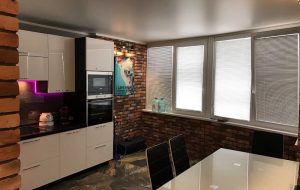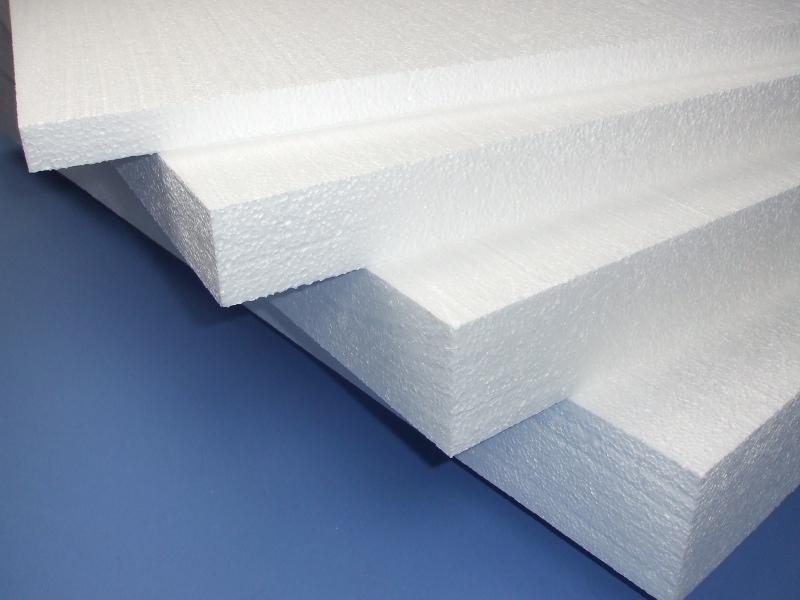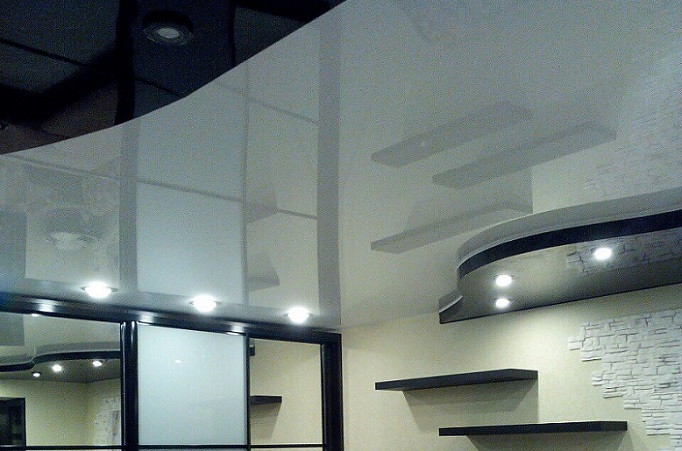BRICK TYPES AND BENEFITS OF ITS APPLICATION IN CONSTRUCTION
 In the construction and reconstruction of walls – bearing and interior, solid and hollow – we often use brick. For each type of work, a separate variety is taken – silicate, ceramic, clinker, chamotte, hyperpressed. The main material for its creation, in most cases – clay. It is kneaded to the desired consistency with the addition of additives, additives, water. Next is the process of molding, drying at a temperature of 200 ° and final firing. However, some types of bricks are not made of clay. Before the start of construction work using this material, the expected mechanical load, structural features of the building, climatic conditions of operation must be taken into account.
In the construction and reconstruction of walls – bearing and interior, solid and hollow – we often use brick. For each type of work, a separate variety is taken – silicate, ceramic, clinker, chamotte, hyperpressed. The main material for its creation, in most cases – clay. It is kneaded to the desired consistency with the addition of additives, additives, water. Next is the process of molding, drying at a temperature of 200 ° and final firing. However, some types of bricks are not made of clay. Before the start of construction work using this material, the expected mechanical load, structural features of the building, climatic conditions of operation must be taken into account.
Types of bricks for construction
Facing
It is moisture resistant, frost and wear resistant. This makes it ideal for fulfilling its main purpose – facing the external surfaces of a building. It can be applied at construction of the bases, walls, in restoration works. The shape is distinguished by smooth edges and smoothness. Color resistant to fading. The hue of a brick depends on the time and temperature of firing, or is formed by the addition of a dye. Treats the most expensive types.
Building
Traditional red ceramic brick. It can be of various sizes, as well as full-bodied or slit. Better adhesion when laying provides its rough surface.
A wall of brick inside the room A wall of brick in the interior
Silicate
It is made from quartz sand with a small addition of lime. It is one of the cheapest types of material, since there is no calcination in the process. The setting is ensured by a chemical lime slaking reaction. It has a fairly high strength, frost resistance. Divided into normal and facial. For cladding used rustirovanny brick with a rough surface. Without dyes, it is white, but with the addition of a coloring agent, it may acquire any shade.
Hyper pressed
There is no clay in it. In essence, such a brick is a concrete stone block, in which there is limestone, cement and dye. This material with a high level of strength, low moisture absorption. Great for cladding, facades, basements, various types of decoration, including fireplaces. Looks very presentable. But it is not cheap.
Clinker
For its manufacture, a special type of clay is used – refractory. Firing is carried out at a very high temperature – above 1100 ° C. This allows you to rid the structure of all the cracks and voids. It is used for laying fireplaces, stoves, chimneys, as well as street sidewalks. Perhaps this type of brick can be called the most expensive.
Interior brick claddingConstruction of brick fireplace
The main advantages of construction
Optimum strength indicators – from M75 to M400.
Long service life – at least 100 years.
Good frost resistance – from F35 to F50.
Environmental friendliness (the main components are sand, clay, water).
The ability to “breathe” and regulate the level of humidity.
Fire safety (withstand high temperatures).
Brick wall features
The thickness varies from 120 to 640 mm (the classic version of the outer wall is 380 mm, that is, a brickwork of 1.5 bricks).
Thermal insulation is possible using external, internal and internal methods (the first two cases are universal, the last is carried out only at the construction stage).
The thickness of the seam between the bricks should vary within the following limits: minimum – 8 mm, maximum – 15 mm.
Masonry mortar is prepared from cement and sand in a ratio of 1 to 4, and to strengthen the fortress, special construction glue is added (kneaded either manually or using a concrete mixer).



